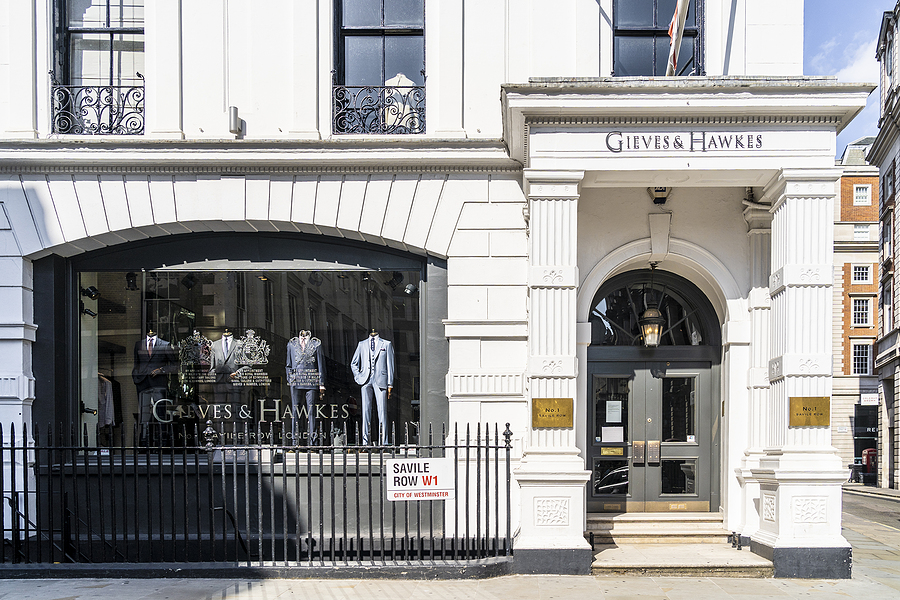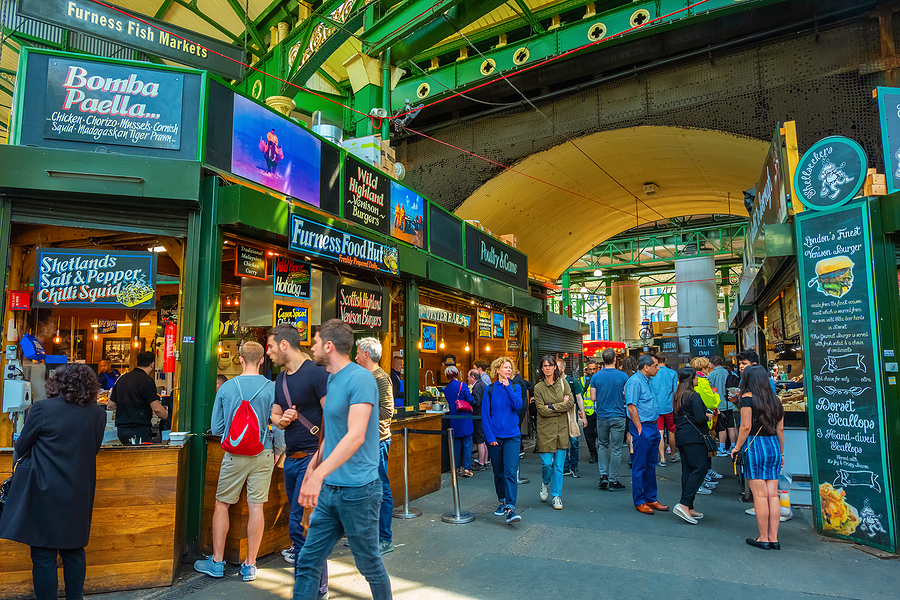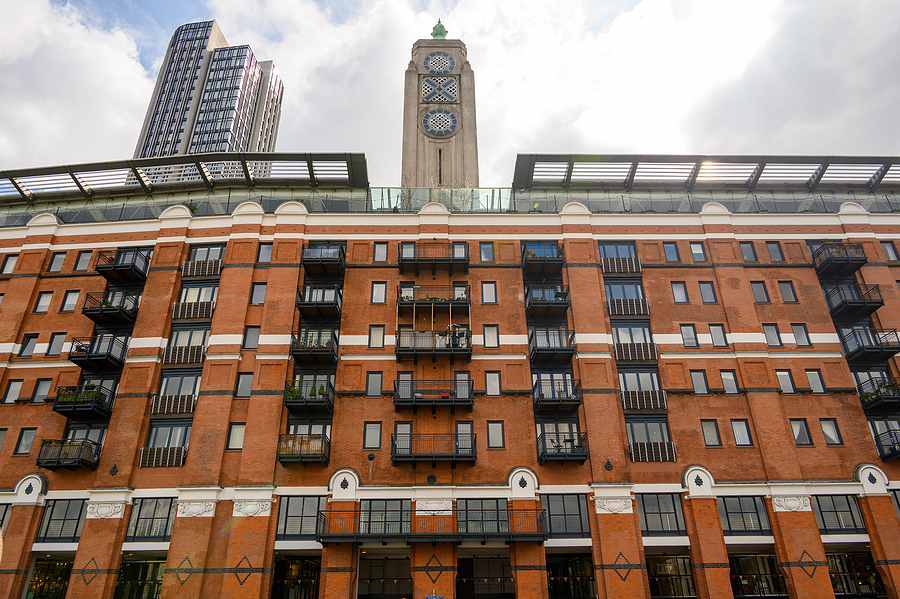As one of the oldest and most important cities in the world, London is a place that has never run
out of history, and it would take an incredibly long time and countless tours to truly see everything this wonderful capital has to offer.
With a history that dates back almost 2000 years to the age of the Roman Empire, London is the type of place where every street corner and every building has a story to tell, particularly since it has faced and rebuilt itself from adversity countless times.
The best way to learn this is through a private tour that can give you a tailored, targeted exploration of London’s hidden depths, but to provide a small taste of what they have to offer, here are just some of the oldest streets, buildings and structures in the capital.
Temple Of Mithras
Technically, the oldest surviving structure in London is part of the original Roman Walls, built between 120 and 200 AD, but the oldest surviving remnants of a building as an unusual cave-like temple devoted to a Persian god adopted by Roman soldiers.
The Temple of Mithras was devoted to the Cult of Mithras, a secretive religion particularly popular with Roman soldiers dedicated to a god known for slaying a bull.
The temple itself remained hidden for thousands of years, having been built to resemble a cave,
until its ruins were discovered in the aftermath of the Blitz following the Second World War.
St Pancras Old Church
Possibly the oldest church in London, if not throughout the entirety of England, the history of St Pancras Old Church has been argued about by theologians for hundreds of years.
It has long been claimed that the Old Church, or at least the site where it stands now, dates as far back as 314 AD, which would predate the Edict of Thessalonica, that effectively made Christianity the state religion of the Roman Empire, by over half a century.
This specific claim has been debated for centuries, but the church itself remains as one of the oldest surviving buildings of any type in London, managing to survive the Reformation and many events that destroyed so much of London over the years.
If you are fascinated by the early religious history of London, All Hallows-by-the-Tower and St Bride’s Church make fascinating companion pieces to complete a tour of London’s early spiritual transformation.
Westminster Hall, Pyx Chamber and White Tower
Any discussion of the oldest buildings in London would be incomplete without Westminster Hall, Pyx Chapel and the White Tower, but at the same time, they are also part of three of the most famous buildings in London and are part of almost any itinerary focused on London’s history.
However, it is worth summarising the significance of each building briefly, especially as it can sometimes be missed and glossed over by official tours, given that all three buildings were part of the initial construction blitz following the Norman Conquest.
Part of the Palace of Westminster. Westminster Hall was originally built to be the home of the Royal Family, but has since become the oldest of the Houses of Parliament, the home of British democracy.
Around the same time, Pyx Chamber is perhaps the oldest surviving section of Westminster Abbey, perhaps best known for a ceremonial purity test of silver and gold coins.
Finally, the White Tower is the oldest surviving part of the Tower of London, constructed by William the Conqueror and has largely endured through constantly evolving purposes.
Initially the seat of power in England, it has been a chapel, a royal armoury and a prison in the near-millennium since it was first constructed.
The Old Curiosity Shop
Whilst its name was directly taken from the Charles Dickens book it inspired, The Old Curiosity Shop, based on Portsmouth Street, predates the legendary novel by nearly three centuries.
The fact that it was still standing for Mr Dickens to see it and be inspired by it was possibly the most incredible aspect of the building; it was one of only a handful of buildings to survive the Great Fire of London.
Initially a dairy before becoming a curio shop and finally a historic book shop, it survived to become a remarkable landmark of London in no small part due to the massive success of The Old Curiosity Shop, which was enjoyed with a sentimental devotion that bordered on fanaticism.
Whilst Oscar Wilde rather infamously quipped that you had to have a heart of stone to read the ending without laughing, the book in its serialised format was so popular that there are stories of people weeping at the end, throwing the book out of train windows or burying it as a form of catharsis.
That history intersects at a building that, despite all the odds, still exists.











